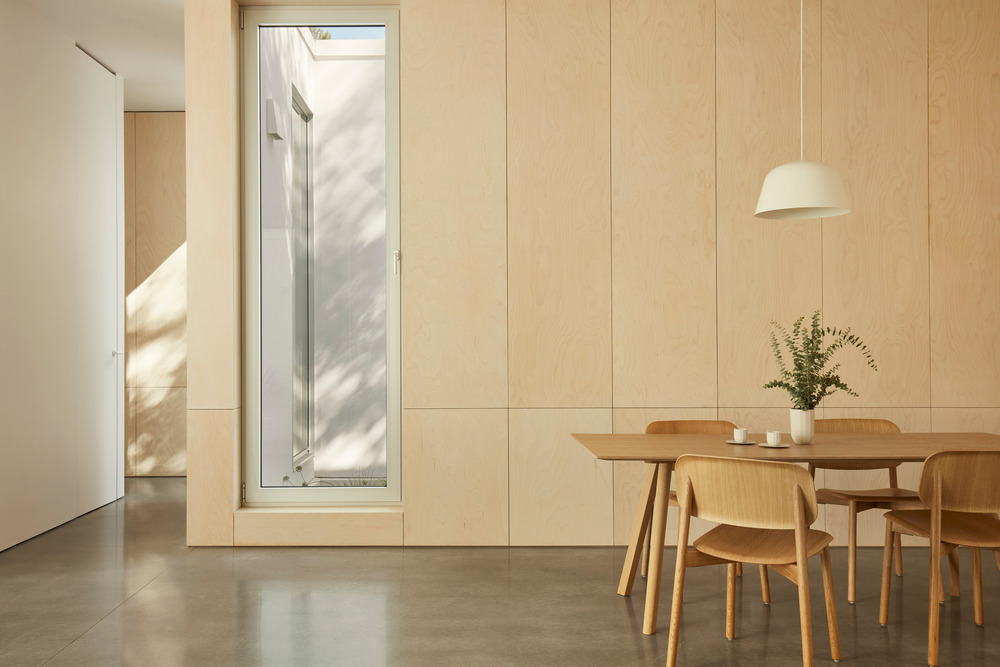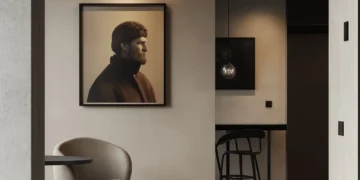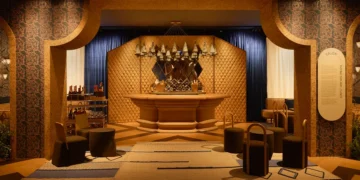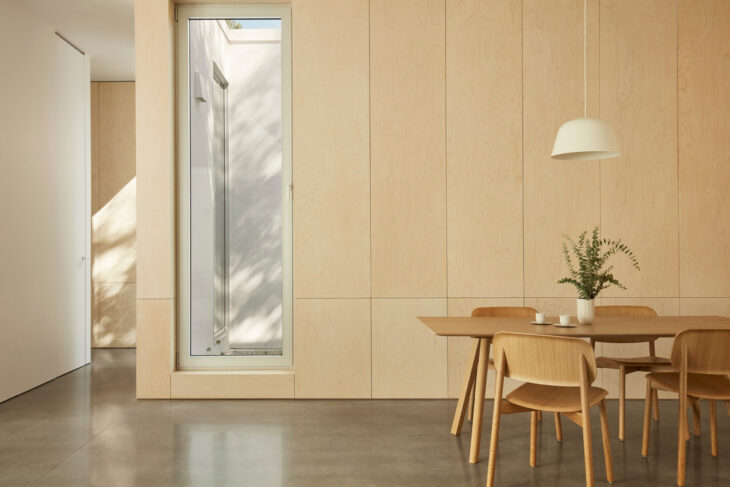
Wood wall panels are a decorative treatment for walls, ceilings, doors, and furniture made up of a series of large, thin sheets of wood called panels that are bound together by narrower, thicker strips of wood in architecture and design.
What are the characteristics of a wood panel?
Wood panel products are flat, sometimes curved, sheets made from wood-based materials that are bonded together with an adhesive. Panels are typically made of veneer, strands, particles or fibers and bonded with a synthetic or other adhesive cured using heat and pressure.
What are wall panels used for?
Wall panels are used to decorate walls and are made of various materials and are then framed together. Wall panels bring luxury and charm in the room they are used. Wall paneling that is decorative and inexpensive in nature, is versatile and brings out the best look of the place where it is used.
History
In the 1970s, wood paneling hit its height of popularity and since then, homeowners have been pulling down or masking these panels with paint to brighten up spaces for years. In cozy spots such as dens or studies, though, wood wall paneling in shades of brown is making a comeback. Paneling is used sparingly as an accent wall or another feature for the character of the space.
Wood wall panels can be stained in a rich mahogany to look upscale or be weathered and rustic. The warm wood paneling tones evoke a vintage vibe. But unlike their false counterparts, the paneled walls of today are made of natural wood, making them more environmentally conscious and trendy than ever before.
To turn them into architectural components, artists have flocked to reclaim wood and veneer panelings. One of the first to put back the “grandma’s basement” look with orange carpeting, kitschy posters, yellow vinyl banquettes, and, yes, wood paneling, on the new pop scene was the New York Flower Store, a chic Chinatown lounge, a few years ago.
But the newly common wall covering is more than just slipping back into a scarily nostalgic vacuum of memorabilia from the ’90s. Instead, in a fashionable Japanese-inspired London apartment, and even in a Swiss chalet-style California home, wood paneling is returning in sleek and contemporary ways.
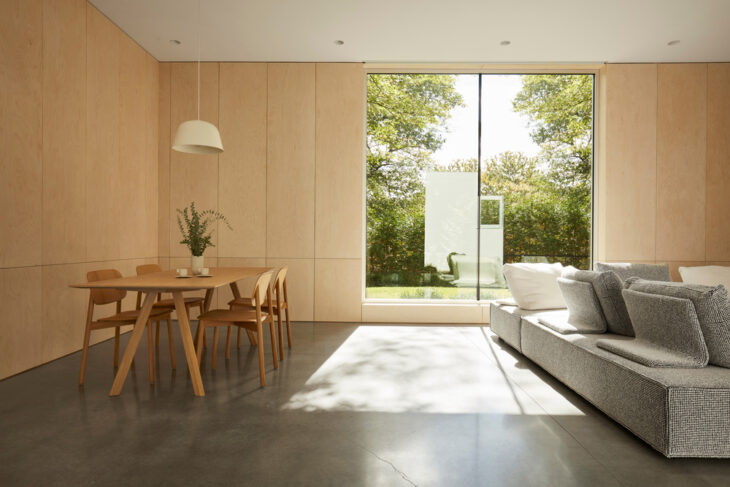
Types of Wood Wall Paneling
With this trend gaining quick momentum, people looking for ways to spruce up their living spaces and add much-needed insulation can turn to these 7 major types of wood wall paneling
- Shiplap
- Board and batten
- Plank wall
- Tongue and groove
- Flat panels
- Beadboard
- Raised panel.
Conclusion
While wall panels are not obsolete, there are some styles and colors which do not fit in with the current style profiles prevalent in the world of interior design. And even if this is a look from the past, with some sandy and light paint or stain it can still be made brand new and chic.
Modern wood wall paneling is new, gives a strong lasting impression, and adds character and texture. You can express yourself and have fun with the architecture of your house!
Wall panels are functional as well as decorative, providing insulation and soundproofing, combined with uniformity of appearance, along with some measure of durability or ease of replaceability.
Wood paneling was used for decorating walls for a long time. Today’s wood paneling is in some ways a jump backward over the cheap products of the 1960s and 1970s to the glory days of solid wood paneling, but with many modern improvements. Given their long history, wood panels can look fantastic if they are used properly.
Images from Butternut Residence by Maurice Martel architecte – See the full story on Archiscene
